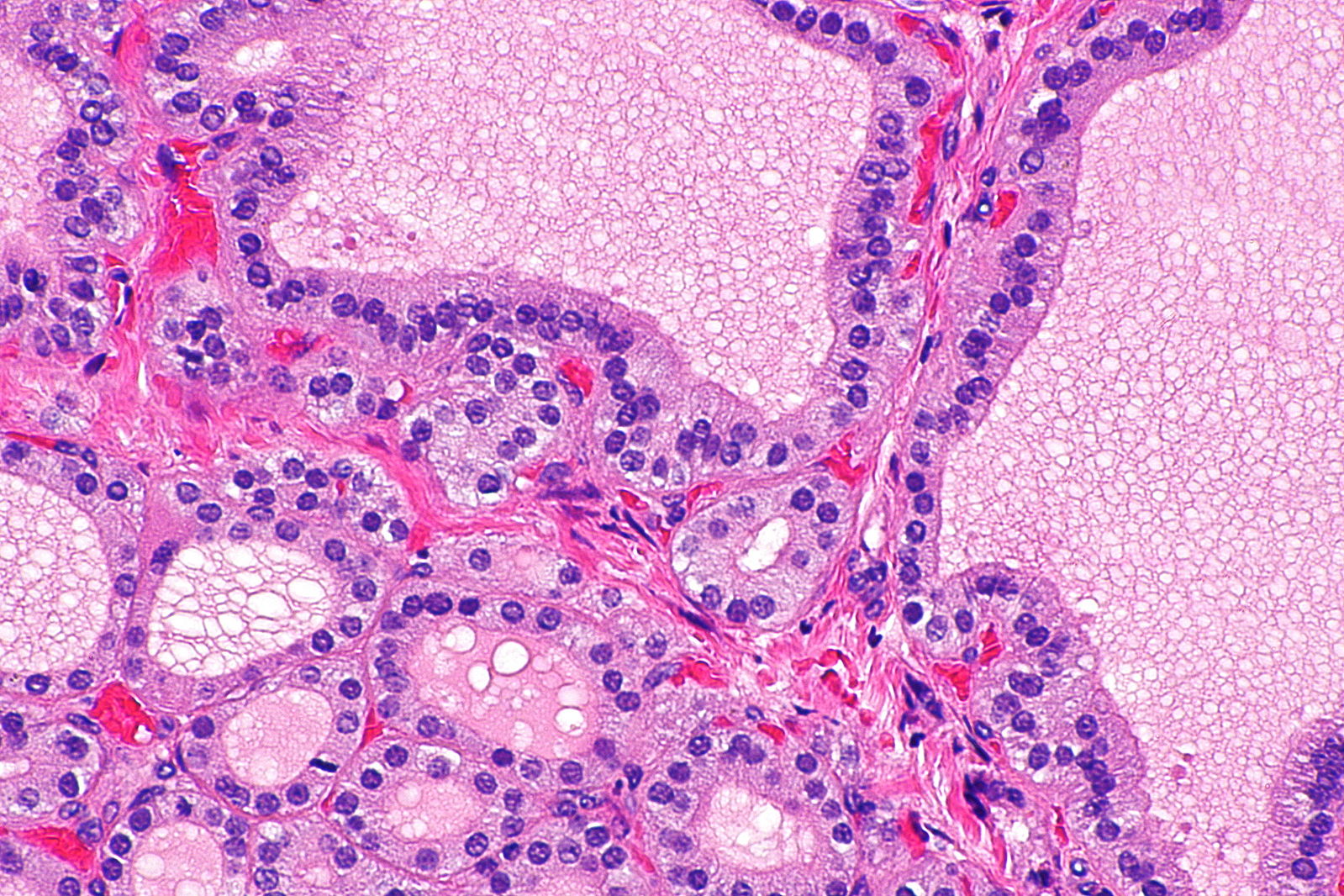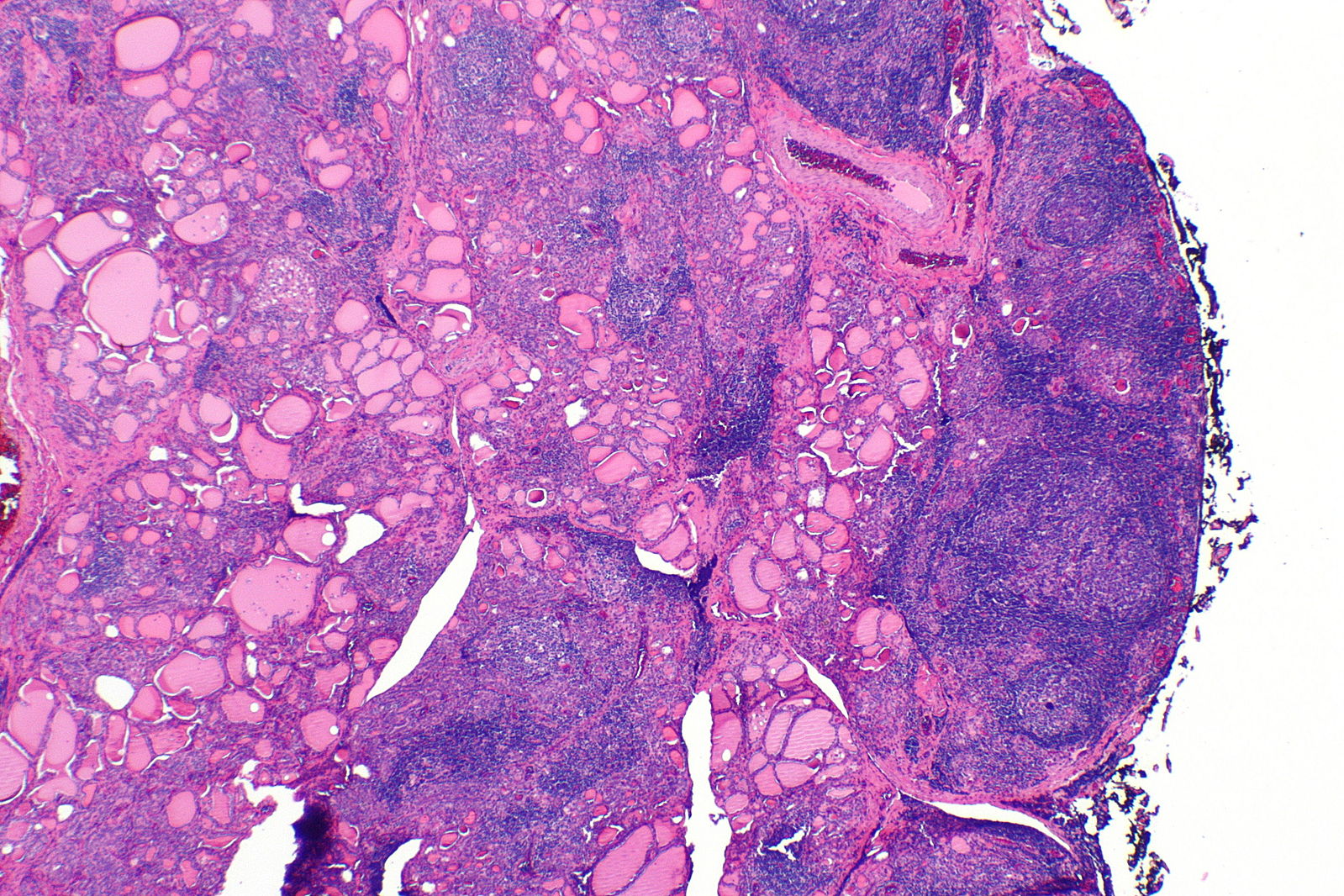Difference Between Graves and Hashimoto’s
What is Graves’ Disease and Hashimoto’s Thyroiditis?
Both Graves’ disease and Hashimoto’s thyroiditis are autoimmune diseases and are common in women than in Men. Both graves’ disease and hashimoto’s involve the triad of autoimmunity. Both of these disorders can cause Thyrotoxicosis (increased level of thyroid hormones in the blood from any source). The typical difference between the two is that Graves’ Disease is associated with hyperthyroidism, while Hashimoto’s Thyroiditis is associated with hypothyroidism. And it is possible to have the antibodies for both Hashimoto’s and Graves’ Disease.
What is Graves’ Disease?
Graves’ disease is a type of immune system disorder that causes the butterfly-shaped thyroid gland to release too much thyroid hormone, which is called hyperthyroidism. This disease is often the underlying cause of issues like hyperthyroidism or overactive thyroid. Scientists believe that the Graves’ disease may be caused by a combination of environmental and genetic factors.
Symptoms of the disease include absence of menstruation, muscle weakness, hair loss, irritability, hand tremor, insomnia, enlarged thyroid, weight loss, diarrhea, or puffy skin changes on the shin.
What is Hashimoto’s Thyroiditis?
Hashimoto’s thyroiditis, also termed as chronic lymphocytic thyroiditis. It is the most common reason of hypothyroidism in the US. Hashimoto’s thyroiditis is an autoimmune disorder in which chronic inflammation is caused due to antibodies being directed against the thyroid gland. Hashimoto’s thyroiditis is most commonly seen in middle aged women, but can also be seen at any age, and can also influence children and men.
Hypothyroid symptoms include fatigue, muscle aches, dry skin, increased sensitivity to cold, depression, constipation, irregular or heavy periods, weight gain, dry skin, depression and reduced exercise tolerance
Difference between Graves’ Disease and Hashimoto’s Thyroiditis
-
Definition
Graves’ disease
Graves’ disease is a result of over stimulation of the thyroid cells by Auto – antibodies.
Hashimoto’s thyroiditis
Hashimoto’s thyroiditis is a result of destruction of the thyroid cells by Auto – antibodies.
-
Diagnosis
Graves’ disease
Graves’ disease is diagnosed by blood tests to test certain hormone levels to measure the thyroid-stimulating hormone (TSH), T3 (triiodothyronine), and T4 (thyroxine) hormone levels. These are the major hormones produced by your thyroid. Additional blood tests can be done to check antibody levels that indicate Graves’ disease.
Hashimoto’s thyroiditis
Hashimoto thyroiditis is a histologic diagnosis. A biopsy is required to diagnose Hashimoto’s thyroiditis.
-
Symptoms
Graves’ disease
- Irritability and Anxiety
- A fine tremor in your hands or fingers
- Loss of weight, despite proper eating habits
- Alteration of menstrual cycles
- Enlarged thyroid gland (goiter)
- Heat sensitivity and an increase in perspiration or warm, moist skin
Hashimoto’s thyroiditis
Signs and symptoms include;
- Sluggishness and fatigue
- Constipation
- Memory lapses and acute depression
- Dry and pale skin
- Increased sensitivity towards cold
- Brittle nails and a puffy face
- Hair loss
- Weight gain that is unexplained
- Tongue enlargement
- Muscle aches, stiffness and tenderness
- Joint pain and stiffness
- Muscle weakness
- Prolonged and excessive menstrual bleeding (menorrhagia)
-
Affect on the thyroid gland
Graves’ disease
In the Graves’ disease, the immune system attacks the TSH receptors, that causes the thyroid gland to release an excess amount of thyroid hormone (Hyperthyroidism).
Hashimoto’s thyroiditis
In this, there is a damage to either thyroglobulin, (a protein of the thyroid gland), or thyroid peroxidase (an enzyme involved in the production of thyroid hormone) (Hypothyroidism).
-
Treatment
Graves’ disease
- Radioactive iodine therapy
In this type of treatment, radioactive iodine, or radioiodine is consumed by mouth. Because the thyroid gland needs iodine to produce hormones, the radioiodine absorbs into the thyroid cells and the process of radioactivity eliminates the overactive thyroid cells over time. As a result, the thyroid gland shrinks and this helps in lowering the symptoms This side effect is usually mild and temporary, but this treatment is not recommended in case the patient has ophthalmological problems.
Since this therapy causes thyroid activity to shrink, it is important that the body is later supplied with normal amounts of thyroid hormones.
- Anti-thyroid medications
These prescription medications include propylthiouracil and methimazole (Tapazole).
- Beta blockers
These medications do not stop the production of thyroid hormones, but they do stop the effect of hormones on the body. These blockers also offer relief of irregular anxiety, heat intolerance, sweating, muscle weakness, heartbeats, tremors, irritability, and diarrhea.
- These Beta blockers include:
- Atenolol (Tenormin)
- Nadolol (Corgard)
- Propranolol (Inderal)
- Metoprolol (Lopressor, Toprol-XL)
These medications are not recommended to people with asthma, because the drugs may initiate an asthma attack.
- Surgery
Surgery is another treatment to treat Graves’ disease. In this all or parts of your thyroid (subtotal thyroidectomy or thyroidectomy) are removed.
Hashimoto’s thyroiditis
Replacement therapy with thyroid hormone. (Use of the synthetic thyroid hormone levothyroxine, Levoxyl, Synthroid, others).
Certain supplements and medications may influence your ability to absorb levothyroxine. Take any of the following:
- Iron supplements, including multivitamins that contain iron
- Calcium supplements
- Cholestyramine (Prevalite), a medication for reducing blood cholesterol levels
- Aluminum hydroxide (found in some antacids)
- Sucralfate (an ulcer medication)
-
Thyroid examination
Graves’ disease
Enlarged and soft
Hashimoto’s thyroiditis
Enlarged and firm
-
Environmental factors involved
Graves’ disease
Excess iodine, smoking and stress
Hashimoto’s thyroiditis
Selenium deficiency and stress
Graves’ Disease vs. Hashimoto’s Thyroiditis : Comparison Chart
The points of difference between Graves’ disease and Hashimoto’s thyroiditis have been summarized below:
- Difference Between Global Warming and Greenhouse Effect - May 18, 2024
- Difference Between Vaccination and Immunization - March 3, 2024
- Difference Between Selective Mutism and Autism - February 25, 2024
Search DifferenceBetween.net :
Leave a Response
References :
[0]Bahn, R., Levy, E., & Wartofsky, L. (2007). Graves' disease. Journal of Clinical Endocrinology and Metabolism, 92(11).
[1]Galofré, J. C., Duntas, L. H., Premawardhana, L. D., & Davies, T. F. (2012). Advances in Graves' disease. Journal of Thyroid Research, 2012.
[2]Girgis, C. M., Champion, B. L., & Wall, J. R. (2011). Current concepts in Graves’ disease. Therapeutic advances in endocrinology and metabolism, 2(3), 135-144.
[3]Pyzik, A., Grywalska, E., Matyjaszek-Matuszek, B., & Roliński, J. (2015). Immune disorders in Hashimoto’s thyroiditis: what do we know so far?. Journal of immunology research, 2015.
[4]Zaletel, K., & Gaberscek, S. (2011). Hashimoto's thyroiditis: from genes to the disease. Current genomics, 12(8), 576-588.
[5]Image credit: https://commons.wikimedia.org/wiki/File:Graves_disease_-_alt_--_high_mag.jpg
[6]Image credit: https://commons.wikimedia.org/wiki/File:Hashimoto_thyroiditis_-_alt_--_very_low_mag.jpg



